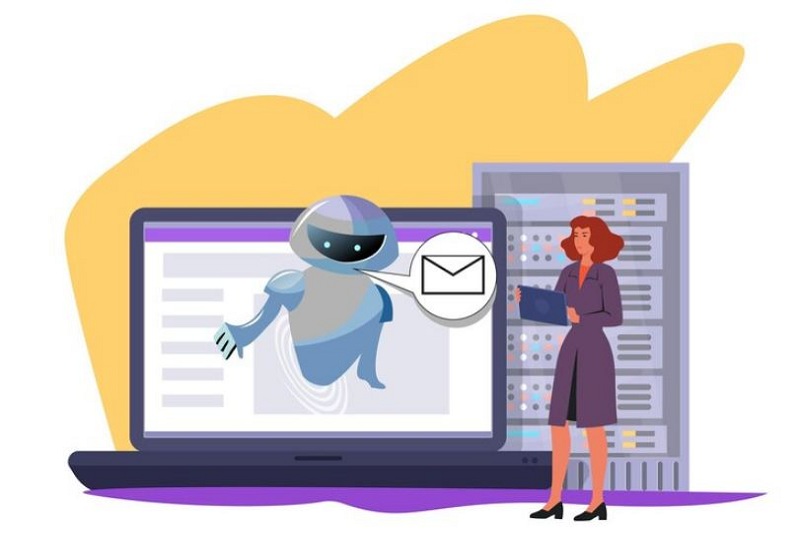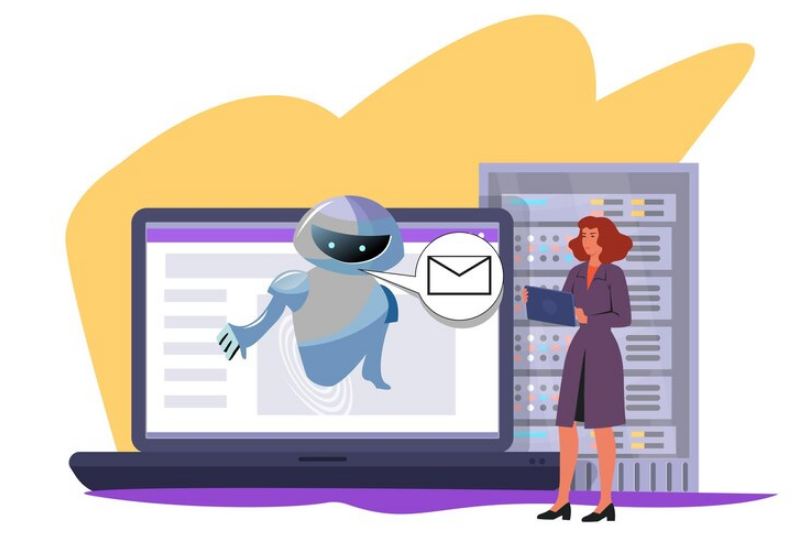In the realm of SEO, understanding the mechanisms by which search engines such as Google navigate and categorise websites is essential for ensuring maximum exposure and organic online traffic. SEO experts at Sterco Digitex – a top digital marketing company in Delhi, recently did an experiment in which they deliberately blocked Googlebot from accessing their website for several weeks. The findings were both unexpected and illuminating, providing insight into the ramifications of restricting Googlebot’s accessibility.
This post will examine the unforeseen consequences of this experiment and their potential influence on your website’s search ranking performance:
Favicon Removal from Google Search Results
Blocking Googlebot from crawling experimental websites unexpectedly removed its favicon from Google’s search results. The favicon is the little icon next to the URL in search results. This change emphasises Googlebot’s need to scan websites to acquire search result information like the favicon.
A Drastic Dip in Video Search Results
The SEO experts saw a substantial decline in video search results during the experiment, and even after its completion, the video search ranks did not entirely regain their previous levels. This implies that if Googlebot has difficulties accessing a website, it can have challenges in categorising and determining the ranking of video material. Therefore, website owners who significantly depend on video content should be aware of this possible influence on their search visibility.
Slight Decrease in Traffic
Curiously, even though Googlebot was unable to access the website, the SEO experts involved in the experiments saw a slight decrease in traffic throughout the trial. This discovery implies that variables such as pre-existing search prominence and user behavior may have a more substantial influence on website traffic than the only activity of Googlebot crawling. Nevertheless, it is crucial to acknowledge that the experiment was carried out over a very brief duration, and the enduring impacts on traffic may differ.
Increase in Reported Indexed Pages
An unexpected result of restricting Googlebot’s access to the experimental website was a rise in the number of indexed pages reported in Google Search Console. This issue arose when pages with “noindex” meta robots tags, which were meant to inhibit indexing, were inadvertently indexed as a result of Google’s failure to crawl the website and identify such tags. This discovery emphasises the need to consistently monitor and optimise meta tags to ensure precise indexing and authority over search appearance. This is the reason top digital marketing company in Delhi and other cities always remain particular about monitoring meta tags.
Multiple Alerts in Google Search Console
During the trial, experts at Sterco Digitex – a top digital marketing and website development company in Delhi got many notifications in Google Search Console about problems with restricted or blocked crawling. The notifications consisted of statements such as “Indexed, but obstructed by robots.txt” and “Obstructed by robots.txt.” This underscores the need to consistently check the well-being and availability of a website in Google Search Console, particularly when deliberately obstructing or limiting Googlebot’s entry into the search game.
Effects on Ranking and Featured Snippets
The SEO experts at Sterco Digitex – a top digital marketing company in Delhi also conducted a similar experiment where two websites with high rankings were prevented from being crawled by robots.txt for five months. The experiment revealed that the effect on ranking was negligible, nevertheless, both websites saw a complete loss of their highlighted snippets. This highlights the possible ramifications of obstructing Googlebot’s entry to certain webpages and the influence it might have on highlighted snippets, which are crucial in enhancing visibility and click-through rates.
Volatile Positions in Particular Regions
Interestingly, if Googlebot is unable to access your website, its ranking in search results may become more unstable in some particular geographical areas. Some websites during the experiment have seen increased instability in their rankings in some South East Asian Countries, for example. Although the exact causes behind this phenomenon remain unclear, it underscores the unexpected aspect of search engine optimisation (SEO) when Googlebot is unable to reach your website.
Concluding Remarks
Gaining a comprehensive understanding of the consequences of restricting Googlebot’s entry to a website is of utmost importance for professionals in the field of search engine optimisation (SEO) and individuals who own websites. Through the implementation of studies similar to Sterco Digitex’s, we get vital knowledge on the response of search engines such as Google to limited web crawling. These insights assist us in making well-informed decisions about website optimisation and prevent any unwanted repercussions.
Although many companies lack the resources to carry out such experiments internally, the data collected from these studies yields significant insights that may be used in many situations. It emphasises the need for consistent testing, monitoring, and optimisation to ensure the best possible search visibility, ranks, and organic traffic.


